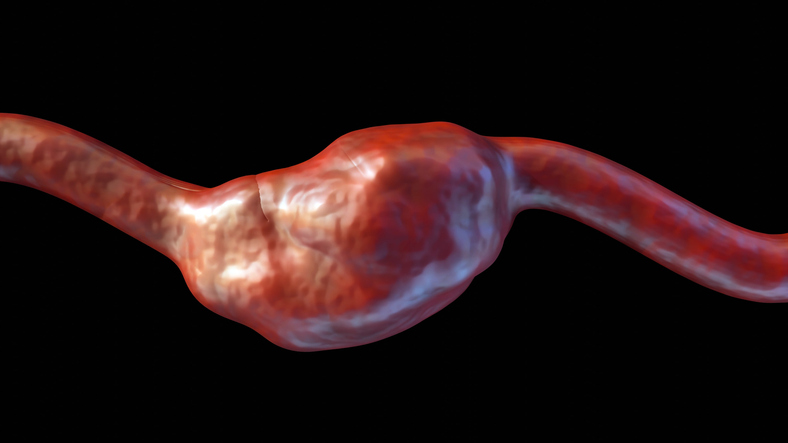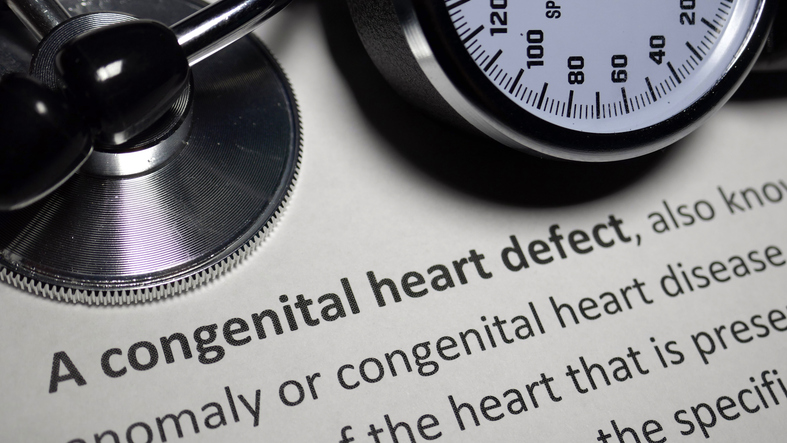
Patients who experience ST-elevation myocardial infarction (STEMI) after transcatheter aortic valve replacement (TAVR) tend to have higher mortality rates and worse outcomes, a new study suggests.
Researchers looking to characterize the clinical characteristics, management, and outcomes of STEMI after a TAVR procedure. The multicenter study included included 118 patients presenting with STEMI after TAVR (median of 255 days). The authors compared all-comer STEMI to procedural features of STEM after TAVR managed with percutaneous coronary intervention (PCI). A total of 439 non-TAVR patients had primary PCI within 14 days before and after each post-TAVR STEMI case.
According to the study results, median door-to-balloon time was higher in TAVR patients, along with longer procedural times, fluoroscopy times, dose-area product, and contrast volume (P<0.01 for all). Additionally, PCI failure occurred more frequently in TAVR recipients (P<0.001). In-hospital and late mortality rates were high in TAVR patients, as was Killip class ≥2 and PCI failure.
“STEMI after TAVR was associated with very high in-hospital and mid-term mortality,” the authors work. “Longer door-to-balloon times and a higher PCI failure rate were observed in TAVR patients, partially due to coronary access issues specific to the TAVR population, and this was associated with poorer outcomes.”
This study was published in the Journal of the American College of Cardiology.
STEMI after TAVR- rare but problematic:
*️⃣ 33% higher door to balloon time
*️⃣ 4-fold higher PCI failure rate
*️⃣ 25.4% In 🏥 mortality https://t.co/zKmFO6QXSd pic.twitter.com/6W1Fq69xxZ— Mohamad Alkhouli (@adnanalkhouli) April 26, 2021







 © 2025 Mashup Media, LLC, a Formedics Property. All Rights Reserved.
© 2025 Mashup Media, LLC, a Formedics Property. All Rights Reserved.